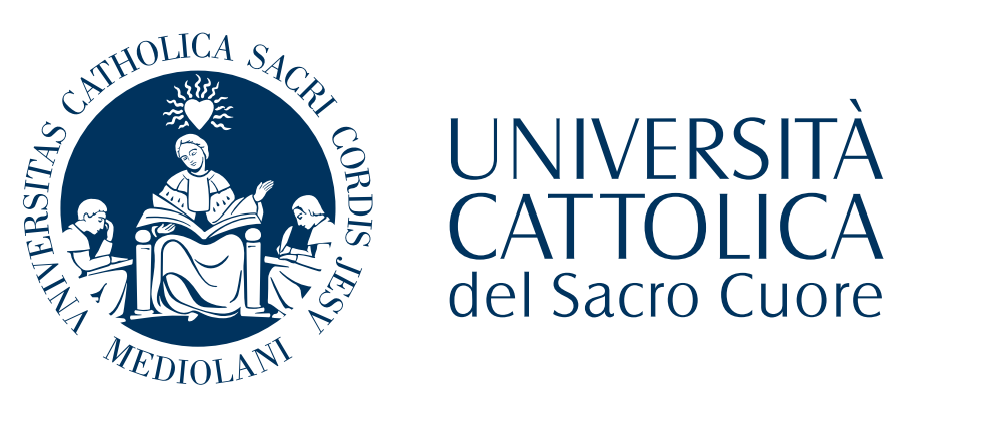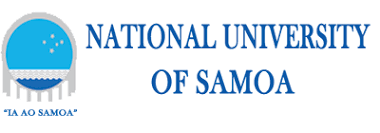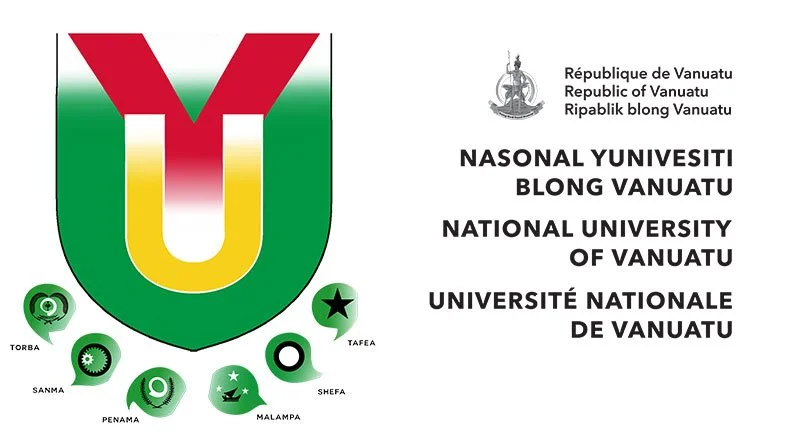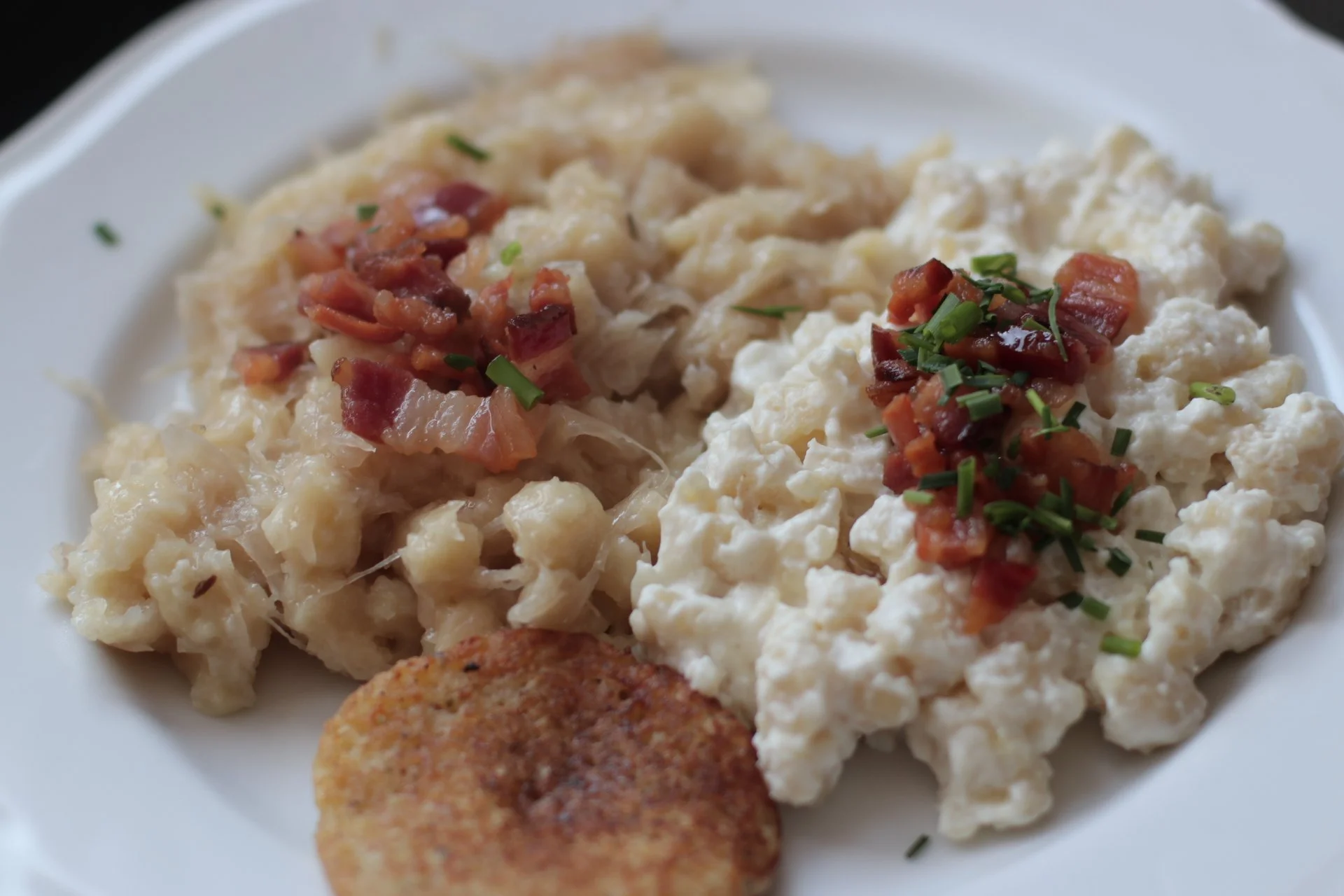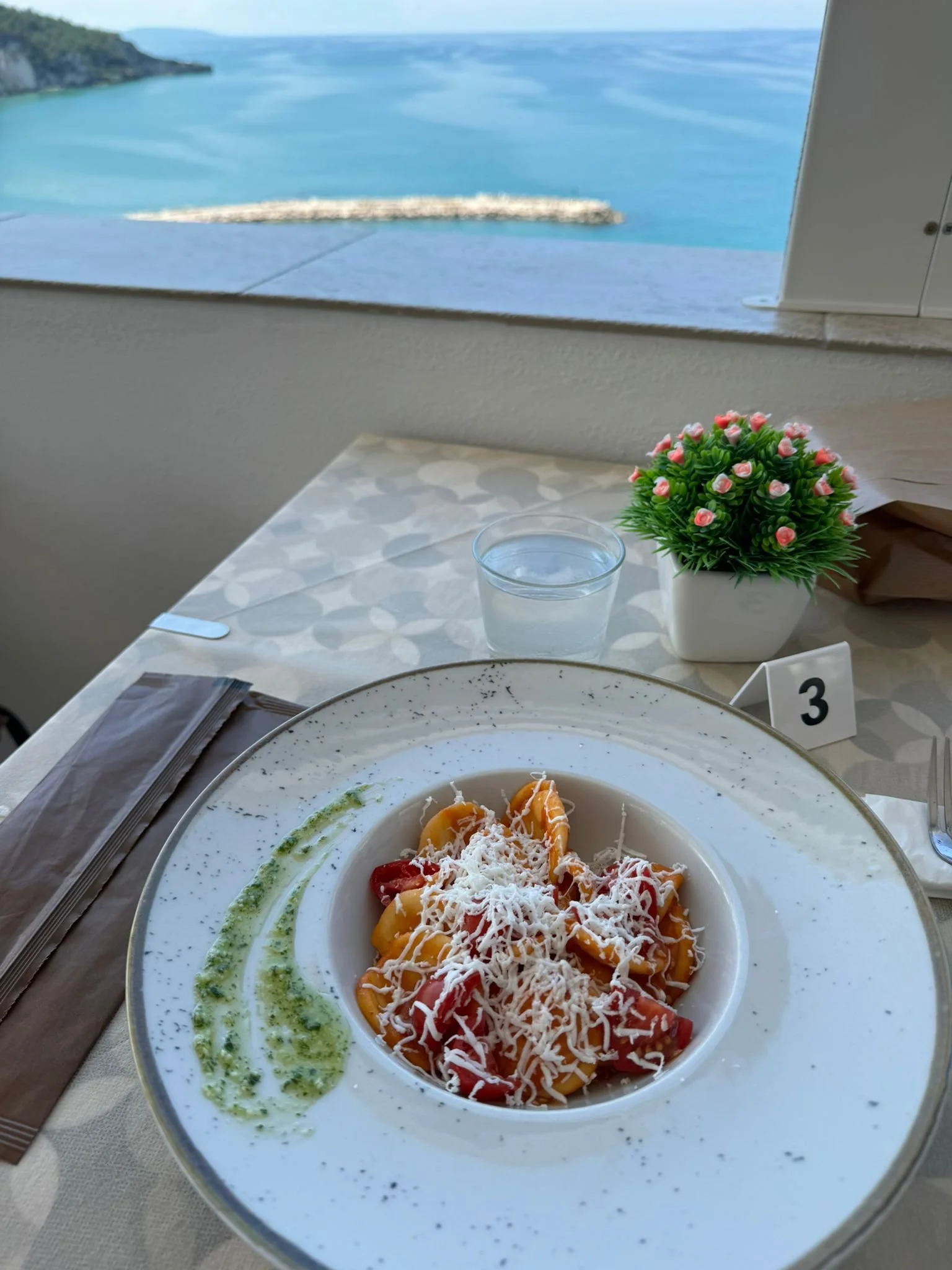Partners
Slovak University of Agriculture in Nitra (Slovakia) – Project coordinator, responsible for overall management, quality assurance, dissemination, and leadership of WP1. SUA brings extensive experience in international projects and a strong background in agritourism and sustainable agriculture.
New Edu, n.o. (Slovakia) – Responsible for developing multimedia content and e-learning materials, coordinating innovation transfer, and supporting the project in the field of modern education and dissemination.
Università Cattolica del Sacro Cuore (Italy) – Provides expert input and methodology development in education and research, with expertise in sustainable agritourism, culinary education, and linking research with teaching.
Igor Vitale International (Italy) – Leads the development of the MOOC platform (WP3) with expertise in education and psychology for sustainable development, contributes to educational materials development and evaluation processes.
The University of the South Pacific (Fiji) – Leads WP4 focused on designing and piloting the internship protocol, connects academia with local businesses, and ensures contextual implementation in the Pacific region.
Fiji National University (Fiji) – Participates in internship piloting, curriculum development, and student support; promotes cross-sector collaboration and links education with practice.
National University of Samoa (Samoa) – Leads WP2, manages research activities, contributes to curriculum development, and bridges academic and community environments in agritourism.
Vanuatu National University (Vanuatu) – Leads WP5 on project dissemination and visibility in the Pacific, responsible for communication, promotion, and engagement with local initiatives.
Meet the Country
Slovakia: Where tradition meets innovation in sustainable agritourism
Nestled in the heart of Europe, Slovakia is a country of striking contrasts — from snow-capped mountains and vast vineyards to fertile lowlands and picturesque villages. Agriculture has always played a key role in Slovak life, shaping its landscapes, cuisine, and traditions for centuries.
Today, Slovakia is emerging as a model for sustainable agritourism, combining traditional farming values with innovative approaches to rural development. Visitors can explore organic farms, stay at family-run guesthouses, and discover local specialties such as bryndza cheese, sheep milk products, Tokaj wine, plum brandy (slivovica), and hearty homemade dishes like halušky or kapustnica.
The country’s rich agricultural heritage is reflected in its regional farmers’ markets, wine trails, and open-air museums, where visitors can experience authentic rural life. Increasingly, Slovak farmers are opening their doors to tourists — offering educational farm visits, traditional craft workshops, and farm-to-table experiences that highlight the importance of sustainable food production and local ecosystems.
Slovakia also supports innovation in agritourism through national and EU-funded initiatives that promote eco-friendly farming, digital tools for rural entrepreneurs, and the connection between agriculture and tourism. The growing network of rural guesthouses, organic producers, and local associations illustrates how environmental awareness and tradition can thrive side by side.
Slovakia’s story in agritourism is one of balance — between heritage and innovation, local identity and global cooperation, and nature and modern living.
From mountains to vineyards, Slovakia shows that sustainability begins at home — in every village, every farm, and every shared meal.
Italy’s Treasures with Geographical Indications
Italy holds more Geographical Indications (GI) than any other country in the world: a living testament to its astonishing variety of landscapes, climates, and culinary traditions. From Alpine cheese in the north to sun-soaked citrus fruits in the south, every GI product carries a story of place, people, and tradition.
A GI label means that the product is inseparably linked to its origin, crafted according to traditional methods, and protected by strict EU regulations. Italy boasts more than 300 registered agri-food products and hundreds of wines with PDO and PGI status. These range from cheeses and cured meats to olive oils, breads, fruits, and sweets.
Understanding the GI labels
The GI system is more than a badge of quality. It safeguards authenticity, sustains rural economies, and protects biodiversity. For small farming communities, GI recognition can be the difference between survival and decline. It supports local jobs, keeps traditional skills alive, and ensures that production remains rooted in its historic terroir. The EU recognises three main quality schemes:
PDO (Protected Designation of Origin / DOP in Italian): Every stage (production, processing, and preparation) must take place in the defined geographical area, using local know-how and ingredients.
PGI (Protected Geographical Indication / IGP in Italian): At least one stage takes place in the defined area. The link can be based on reputation, tradition, or specific quality.
TSG (Traditional Speciality Guaranteed): Protects the traditional recipe or production method, regardless of where it’s made, as long as the registered tradition is followed.
Puglia region
On the heel of Italy’s boot, Puglia is one of the country’s richer GI regions, with more than 65 protected products. It’s a land of golden wheat fields, centuries-old olive groves, and fertile plains yielding vegetables, fruits, and grapes of exceptional quality.
Among its most renowned products are:
Olive oils: Terra di Bari, Terra d’Otranto, and Olio di Puglia.
Breads: Pane di Altamura, famed for its thick crust and long shelf life.
Meats: Capocollo di Martina Franca*, a delicacy of cured pork neck.
Cheeses: Canestrato Pugliese, Burrata di Andria, Mozzarella di Gioia del Colle.
Wines: Primitivo di Manduria, Castel del Monte.
Foggia & the Gargano
At Puglia’s northern tip, the Gargano promontory juts into the Adriatic like a green island of mountains, forests, and cliffs. Its unique microclimate, shaped by sea breezes and limestone soils, produces exceptional agricultural products, several of which have earned GI status!
Olio EVO Dauno: A DOP olive oil made primarily from Ogliarola Garganica olives, with a fruity aroma, herbaceous notes, and a peppery finish.
La Bella della Daunia (Bella di Cerignola): An IGP table olive oil, large and fleshy, prized for its mild flavour and meaty texture.
Caciocavallo Silano DOP: A stretched-curd cow’s milk cheese, aged to develop a mild yet distinctive taste.
Canestrato Pugliese DOP: A hard, sheep’s milk cheese, traditionally aged in reed baskets.
Arancia del Gargano IGP: Sweet, aromatic oranges grown in coastal groves.
Limone Femminello del Gargano IGP: Thin-skinned, intensely fragrant lemons used fresh or for liqueurs like limoncello.
Whether you enjoy Puglia’s products in their place of origin or abroad, the key to experiencing them fully lies in respecting their qualities.
Olive oil is best tasted raw, over fresh bread, fish, or vegetables, to appreciate its full aroma.
Cheeses shine when paired with local bread and wine, letting their natural complexity come through.
Citrus fruits like Gargano lemons and oranges elevate both sweet and savoury dishes with their bright aroma.
Supporting GI-labelled products helps maintain the link between land, farmer, and consumer, a real connection at the heart of Europe and Italy’s food heritage.





